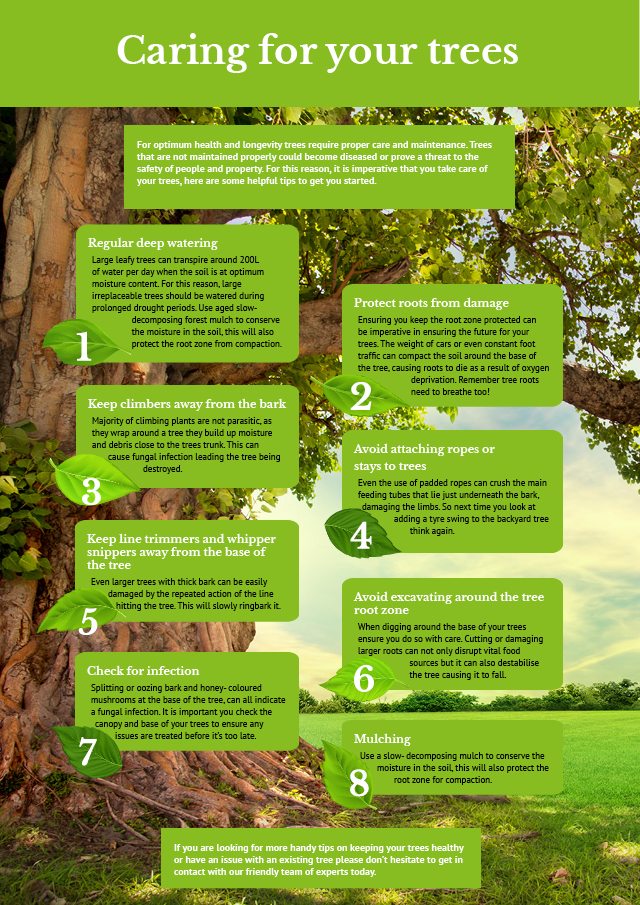The Ecological Results Of Lowering Trees: Key Insights You Required To Think About
The Ecological Results Of Lowering Trees: Key Insights You Required To Think About
Blog Article
Personnel Author-Helms Mccullough
When it involves the ecological impact of tree elimination, there are crucial elements that demand your focus. From the complex internet of relationships within communities to the subsequent impacts on climate patterns, the effects are extensive. You could be stunned to discover the detailed ways in which the elimination of trees can resound throughout the setting. Remain tuned to untangle the intricate connections and implications of this seemingly straightforward act.
Logging and Environment Loss
Logging and habitat loss are crucial problems coming from tree removal. When trees are reduced, it disrupts entire communities. Not just are the trees themselves shed, however the homes and food sources of many plant and pet varieties are destroyed as well. Birds lose their nesting websites, animals lose their shelter, and bugs lose their habitats. The effects ripple via the food chain, influencing predators and victim alike.
Furthermore, deforestation adds to environment change. Trees play a crucial duty in absorbing carbon dioxide, a greenhouse gas that traps heat in the atmosphere. With less trees, there's much less carbon dioxide absorption, bring about enhanced degrees of this gas in the atmosphere and intensifying global warming.
Precisiontimberfelling
Environment loss is a direct outcome of logging, as the damage of woodlands suggests the loss of one-of-a-kind and varied ecological communities. Many species are unable to adapt to rapid adjustments in their setting, causing populace declines and, in some cases, extinction.
Shielding woodlands is vital to maintaining the delicate balance of nature and making certain the survival of plenty of plant and pet species.
Impact on Biodiversity
The elimination of trees has a considerable effect on biodiversity, influencing the variety and wealth of plant and pet varieties in an area. Trees provide environment and food resources for many organisms, from insects to birds to animals. When trees are gotten rid of, these species shed their homes and resources of nourishment, resulting in a decline in their populations. This disruption can have cascading impacts on the whole community.
In addition, trees play a crucial duty in maintaining biodiversity by developing microhabitats within their canopies, trunks, and roots that support a large range of types. When trees are lowered, these specialized environments are ruined, minimizing the general variety of the location.
In addition, the elimination of trees can bring about a decline in genetic diversity within plant populations, as specific tree varieties may no more have the ability to replicate or spread efficiently. Protecting trees and forests is necessary for maintaining biodiversity and making sure the health and wellness of ecosystems for future generations.
Dirt Erosion and Climate Modification
With trees being gotten rid of from an area, the interruption of dirt framework and stability happens, leading to enhanced dirt erosion. Trees play an important role in avoiding erosion by holding dirt in place with their root systems. When trees are removed, especially in great deals, the soil comes to be more susceptible to erosion from wind and water. This disintegration not only impacts the prompt surroundings however can additionally lead to sedimentation in close-by water bodies, influencing water top quality and water environments.
Moreover, trees assist control the climate by taking in carbon dioxide during photosynthesis. When trees are lowered, this natural carbon sink is lessened, contributing to boosted degrees of greenhouse gases in the environment. This can intensify climate modification, causing even more extreme weather condition occasions and disturbances in communities worldwide.
Therefore, visit the following internet site of trees not only accelerates soil disintegration however also contributes in the larger environmental concern of environment change. It's critical to consider these aspects when analyzing the effects of tree removal on the atmosphere.
Conclusion
Since you understand the environmental influence of tree elimination, think about the consequences prior to lowering trees. Deforestation interrupts ecological communities, lowers biodiversity, and adds to dirt erosion and environment adjustment. By bearing in mind the influence of tree removal, you can help protect our setting and maintain the delicate balance of nature. Make notified options and take into consideration alternate options to minimize the adverse results on our earth.
